As the summer season approaches, many dog owners are starting to think about how they can keep their pup cool. You need to know that heatstroke is a genuine concern for dogs and can be life-threatening if it isn’t taken care of immediately. There are several symptoms of canine heatstroke, and in this blog post, we’ll go over them as well as prevention tips, so your dog stays safe and healthy all summer long!
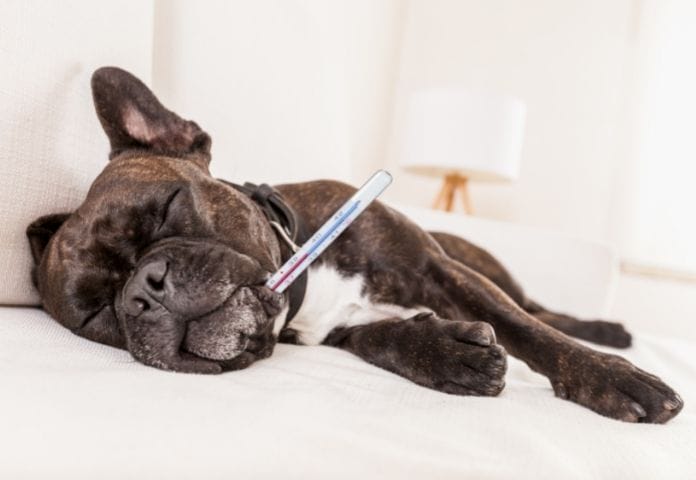
How to know if your dog is suffering from heatstroke
Humans and animals react differently to heat. One way our bodies cool themselves is by sweating out heat through sweat glands. Though dogs sweat only through their paws and noses, they primarily rely on panting as a method of cooling down. — it allows water to evaporate across their lungs, tongues, and moist surfaces of the mouth.
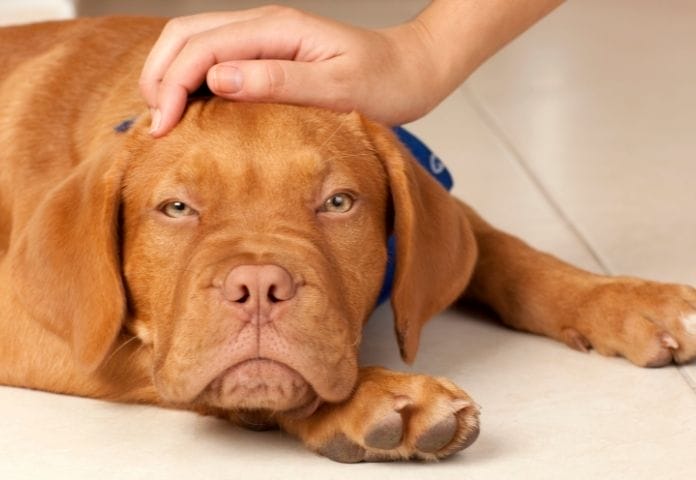
Here are the common signs if your dog is suffering from heatstroke:
- Panting without the production of sweat
- Difficulty breathing, or even struggling to breathe at all
- Excessive panting and reddened gums due to dehydration
- Unconsciousness or lack of response to stimuli (e.g., noise, sudden movements)
- Vomiting foam/food that your dog recently ate
- Extremely high body temperature (above 103 degrees Fahrenheit)
- Diarrhea or constipation after exertion
- Lack of coordination and weakness in the hind legs
Barbara Hodges, a veterinarian and director of advocacy and outreach for the Humane Society Veterinary Medicine Association, gives a perfect example where “people always forget how hot asphalt is” because we never have to touch it.
Ways to prevent your dog from having a heatstroke
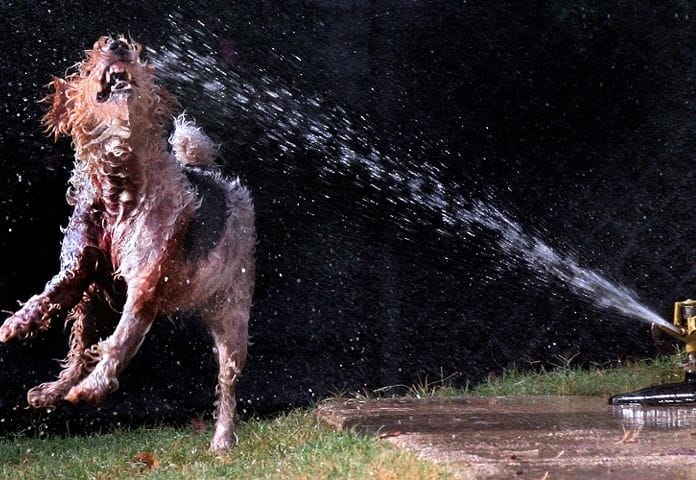
According to José Arce, veterinarian, and president of the American Veterinary Medical Association, he recommends keeping your pets indoors and away from windows during heat waves. Walking dogs early in the morning or later in the evening is the best time to do so when air and pavement temperatures have cooled. Provide plenty of water and even ice packs for pets to lie against. Here are some tips for your dog to cool down during the hot summer.
Hydration is essential
Mass water consumption is different for every dog and their activity, but Pet Health Network advises doing so every 15–20 minutes.
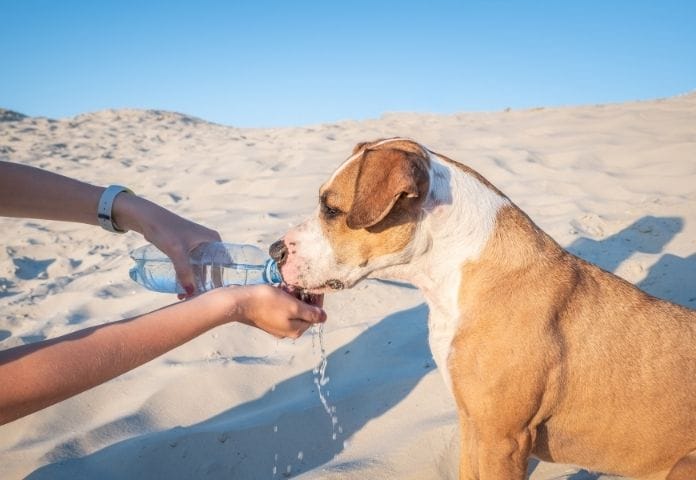
Cool down your dog’s body
Make sure your dog has access to cool, shaded areas. Use ice packs or cold water on the inside of their paws and around their neck or body. Give them treats like frozen vegetables or fruits.
Limit your dog’s activity on hot days
The American Humane Society recommends that active dogs be taken for walks in the morning and evening, but avoid going out for a walk during midday, which is the hottest part of the day.
Keep your dog comfortable
Put a fan on the ground or near your pup’s bed at night during extreme temperatures to keep them cool and provide comfort.
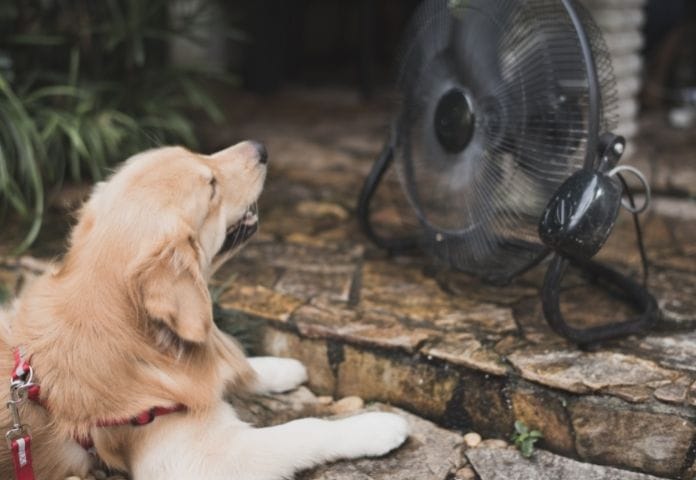
Don’t give your dog a haircut
We may think that grooming our dogs would help. According to the American Society for the Prevention of Cruelty to Animals, longer coats help dogs regulate their internal temperature when it’s hot. Fur is an effective insulator that protects animals from sunburn and helps keep their bodies warm during winter and summer.
Don’t leave your dog in a parked car
Twenty-eight states have laws that prohibit leaving dogs unattended in parked vehicles.
Know the warning signs of canine heatstroke
You can always scroll back up to check on dog heatstroke’s common symptoms, including excessive panting, dark or bright red tongue and gums, lethargy, stumbling, seizures, diarrhea, and vomiting.

We also wrote an article about how an Ohio woman left a dog inside a hot car as punishment which is unjust. The dog, unfortunately, didn’t make it once officers tried to rescue it, but it goes to show that our pets cannot handle extreme heat.
If possible, it is vital to get your dog into an air-conditioned environment as soon as possible and make sure they are drinking plenty of water (this could be tough if the dog doesn’t want it).
Heatstroke is a severe condition, and it’s essential to know the signs of heatstroke in dogs. If you think your dog has suffered from heatstroke or are worried about them being exposed to hot temperatures for too long, contact your vet immediately!


GIPHY App Key not set. Please check settings